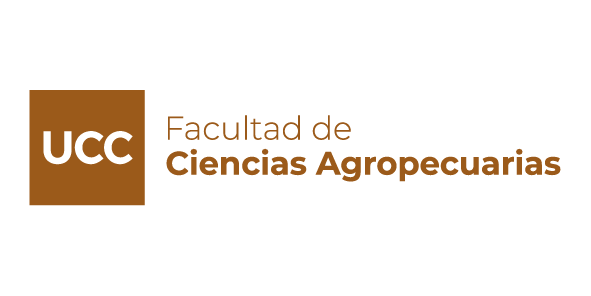Genotoxicity of acrylamide and glycidamide in Allium cepa
DOI:
https://doi.org/10.22529/me.2021.6(2)03Keywords:
acrylamide, glycidamide, Allium cepa, root growth, proliferative activity, chromosomal aberrations.Abstract
INTRODUCTION: the formation of acrylamide (AA) in foods that were sometimes heat treated was an
unexpected discovery in April 2002, by Stockholm University and the Swedish National Food Administration
(NFA). This potentially toxic substance and its metaboliteglycidamide (GA) form in many foods cooked at
elevated temperatures.
OBJECTIVES: because there are no studies of these chemicals, in plant cells, the objective was to verify the
genotoxic effect of AA and GA in Allium cepa cells.
MATERIAL AND METHODS: to determine the cytotoxic effect through root growth, proliferative activity
and chromosomal aberrations of acrylamide and glycidamide in Allium strain meristematic cells exposed to
different times and antibodies, to evaluate root growth, proliferative activity and chromosomal aberrations.
RESULTS: GA causes an inhibition of root growth whose intensity depends on the concentration in a given
medium and AA does not show statistically significant differences with respect to the control. GA blocks the
cell division cycle at a stage prior to mitosis, and the same does not occur with AA. Regarding the clastogenic
effects, GA induces these effects in the meristematic roots of Allium strain, whereas AA does not produce them.
CONCLUSIONS: in this study, although AA and GA concentrations are much higher than levels of dietary
exposure in humans, GA was clearly genotoxic to plant cells, at a certain concentration, with marked
cytotoxicity. For the therefore, it allowed us to distinguish the differences between AA and GA.
Published
How to Cite
Issue
Section
License
Copyright (c) 2021 Methodo Investigación Aplicada a las Ciencias Biológicas

This work is licensed under a Creative Commons Attribution-NonCommercial-ShareAlike 4.0 International License.




















